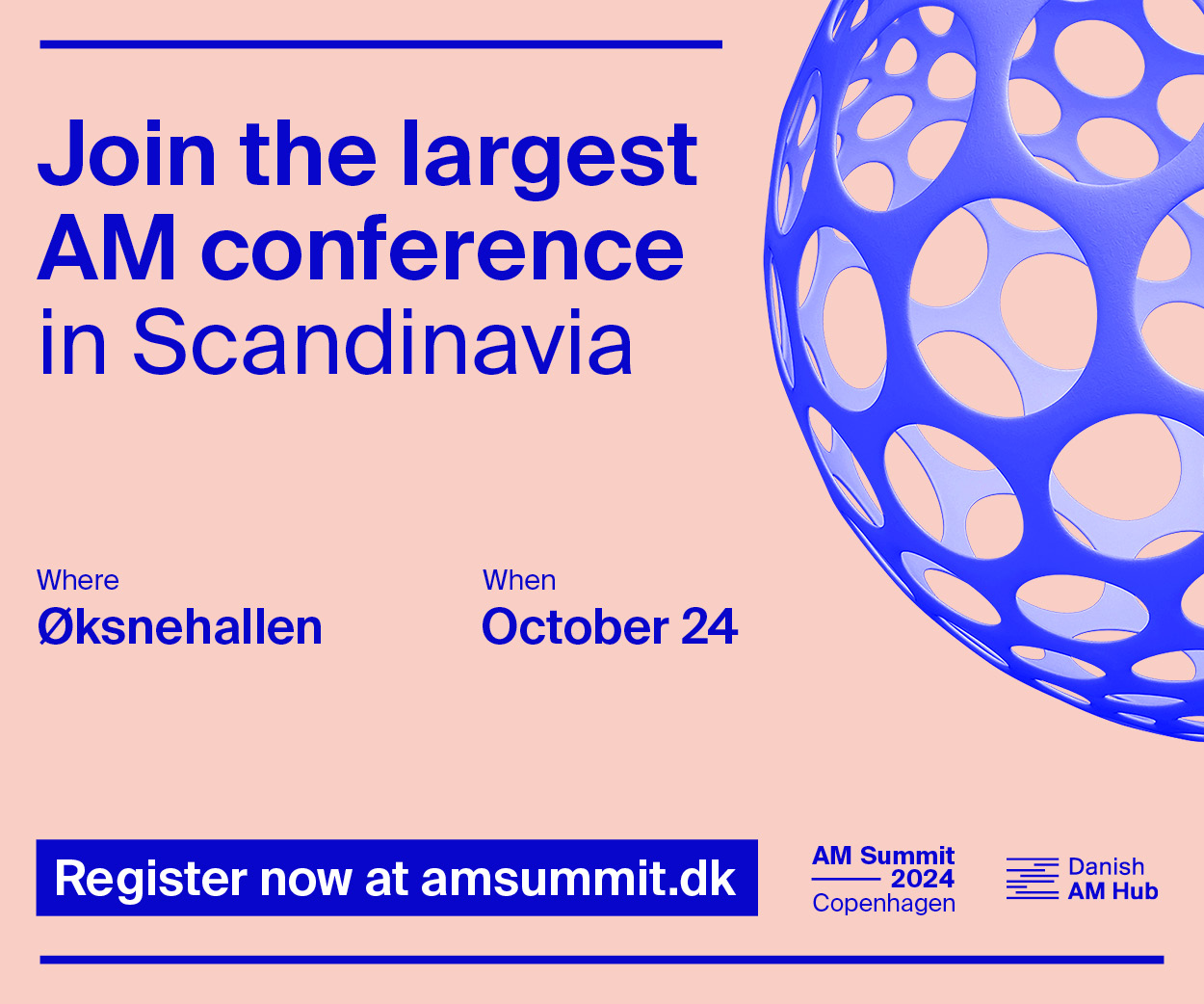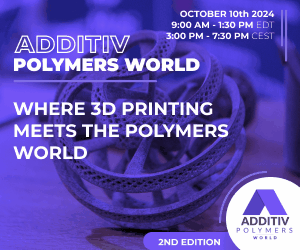 One of the biggest materials being developed in the 3D printing world is concrete. As 3D printed construction becomes a serious reality, concrete is in the spotlight, with the material being used to 3D print houses and hotel suites, bridges and barracks. It’s still a much-studied material, as engineers research new and better ways to formulate it and print it. The advantages of 3D printed concrete are many – it’s almost zero waste, it can be fabricated in any shape, and it can be made from local materials, meaning that it can be sourced even in areas where building materials are scarce.
One of the biggest materials being developed in the 3D printing world is concrete. As 3D printed construction becomes a serious reality, concrete is in the spotlight, with the material being used to 3D print houses and hotel suites, bridges and barracks. It’s still a much-studied material, as engineers research new and better ways to formulate it and print it. The advantages of 3D printed concrete are many – it’s almost zero waste, it can be fabricated in any shape, and it can be made from local materials, meaning that it can be sourced even in areas where building materials are scarce.
 The Technical University of Munich (TUM) has been studying 3D printed concrete, creating extremely lightweight and thin but strong pipes that Dr. Klaudius Henke of the TUM Chair of Timber Structures and Building Construction compares to bird bones. The interiors of the pipes contain an intricate bracing structure which lends it its strength; material testing has shown that the pipes can withstand forces of up to 50 newtons per square millimeter, making them just as stable as conventionally cast concrete.
The Technical University of Munich (TUM) has been studying 3D printed concrete, creating extremely lightweight and thin but strong pipes that Dr. Klaudius Henke of the TUM Chair of Timber Structures and Building Construction compares to bird bones. The interiors of the pipes contain an intricate bracing structure which lends it its strength; material testing has shown that the pipes can withstand forces of up to 50 newtons per square millimeter, making them just as stable as conventionally cast concrete.
The interior bracing structure would have been impossible to create using conventional techniques. To create the pipes, the TUM researchers used selective binding, which is a 3D printing method that involves depositing a mixture of cement and water over thin layers of sand in the pattern of the final part to be created. Once the layers have set, the excess sand can be easily removed, leaving a concrete structure behind.
The selective binding machine was built by the TUM researchers themselves, and takes up a full room in the lab at the Chair of Timber Structures and Building Construction. Sand is deposited with an automatic scattering system. A three-dimensional system of tracks makes sure the print head can be positioned at any point in the working space and that a nozzle can apply the cement/water mixture at any desired point.
Working with partners from industry, the TUM team is working on developing a 3D printer with a print head that will be equipped with several thousand nozzles. It will be able to, for the first time, manufacture objects of up to 10 cubic meters.
“That’s enough to create freely-shaped, storey-high components,” said Dr. Henke.
TUM is also working on developing extrusion-based methods of 3D printing concrete. Extrusion is the most common concrete 3D printing method, and there are many variations on the technology and materials that can be developed.
“The advantage is primarily in the high construction speed,” said Dr. Henke. “The selection of material components and formation of interior cavity structures make it possible to produce multi-functional components.”
The TUM researchers have developed a concrete with wood chips added to it. Wood chips contain a lot of air, and can provide thermal insulation and temperature regulation in both the winter and the summer. TUM has developed an extrusion system for the wood-infused concrete that puts down layers of the material as much as two centimeters thick. The system involves an extruder mounted on a computer-controlled robot arm. Using this method, TUM has already constructed prototypes 1.5 meters wide and one meter high with the lightweight wood-concrete, which is just as insulating and resilient as conventional gas-aerated concrete. It does need a bit of post-processing, though, because of its rough surface finish.
Regardless of the method, Dr. Henke is sold on 3D printing as a construction form.
“3D printing will change architecture,” he said. “The technology not only allows more versatile shaping, but also more variety, since each component can be individually designed without incurring any additional costs.”
Discuss this and other 3D printing topics at 3DPrintBoard.com or share your thoughts below.
[Images: K. Henke / TUM]
Subscribe to Our Email Newsletter
Stay up-to-date on all the latest news from the 3D printing industry and receive information and offers from third party vendors.
You May Also Like
3D Printing Market Reaches $3.45B in Q2 2024, Marking 8.4% Year-Over-Year Growth
The global 3D printing market continued its upward trajectory in the second quarter of 2024, totaling $3.45 billion—a year-over-year increase of 8.4%. Despite a slight sequential decline from $3.47 billion...
New ABB Cobots Are 10 Times More Accurate for 3D Printing and More
ABB has introduced Ultra Accuracy GoFa cobots, which are ten times more accurate than the company’s previous cobots. While older industrial robots have driven innovation in concrete 3D printing, wire...
AM Expands Beyond 3D Printing at IMTS 2024
As discussed in our previous article on the Western hemisphere’s largest manufacturing trade show, the International Manufacturing Technology Show (IMTS), the industrialization of 3D printing was on display. This was...
Ursa Major & US Navy Make $25M Joint Investment in New 3D Printed Rocket Motor Prototype
Ursa Major, the Colorado-based company dedicated to building a North American rocket propulsion supply chain with advanced manufacturing, has become one of the first recipients of funding from the DoD’s...





































